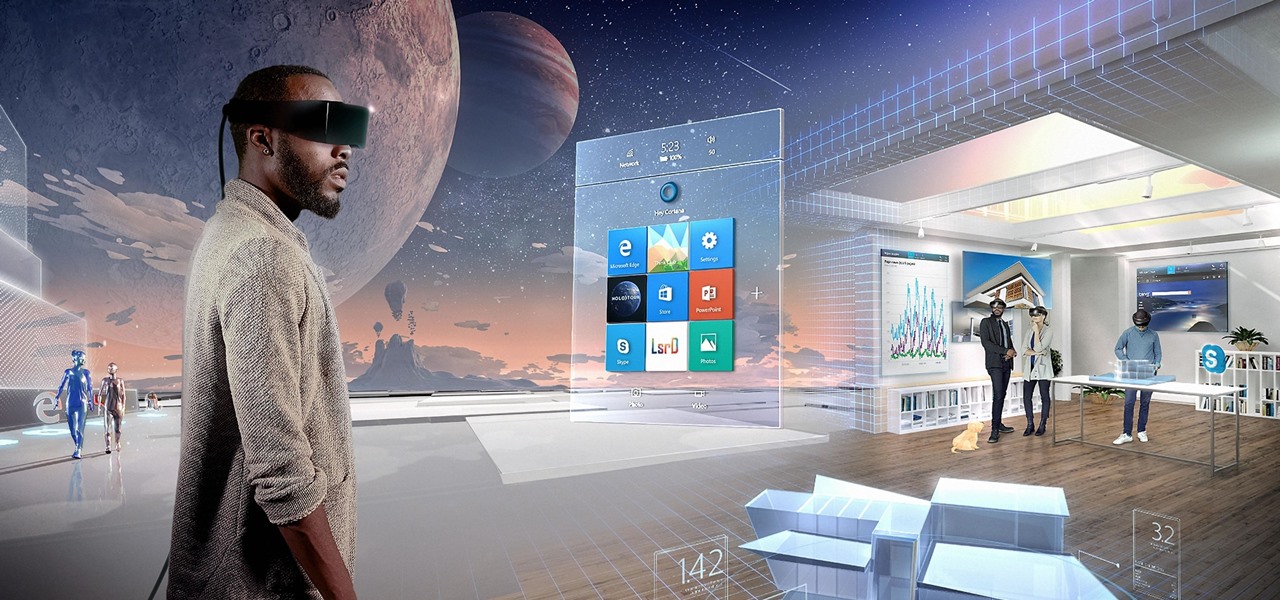Oculus Quest
Given the diverse range of VR headsets in the market today, I believe that the newest addition to the Oculus family, the Oculus Quest, is the device that best fulfills my needs as a novice in Virtual Reality. As a student who tends to travel a lot between cities and countries, the fact that the Oculus Quest is a standalone headset is very appealing to me. Though lacking in power compared to its older sibling, the Oculus Rift, or other big names such as the HTC Vive, the sacrifice made for the portability this headset provides would allow me to experience the magic of virtual reality whatever I go.
Moreover, it is clear from its design that the Oculus Quest was developed with the immersion of the user being a priority. Made from soft material and attached with rubber straps, the headset can be worn comfortably without causing any problems. However, the key design decision I would like to highlight is the rejection of wires making this tetherless headset. Nothing breaks the illusion of virtual reality quite like the resistance of the wiring that pulls you back if you’ve walked too far. Hence, removing this eliminates a cue to the user that makes them aware of reality, improving immersion.
Finally, due to a lack of exposure to VR, I could easily be impressed with how the Oculus Quest performs. As mentioned before, there are more powerful VR headsets, however, given its price, the visual quality of the graphics are amazingly realistic. In addition to this, by offering six degrees of freedom, unlike its predecessor, the Oculus Go, users have a lot more control when using the device.
Microsoft HoloLens
Unlike like VR, AR and the newly introduced MR do not have as many headsets to choose from. However, out of those that are currently available, the Microsoft HoloLens and the Magic Leap One seem to have the most potential. In my opinion, however, the HoloLens just wins out.
Allowing us to interact with our own world in a way that we could not before, the power and creativity of the Microsoft HoloLens is truly fascinating. All programs appear as realistic holograms as if they were actually inside the room with you. To control these holograms, the user can utilize hand gestures or their voice. Granting direct access to this manipulation, rather than the use of a remote controller which the Magic Leap One requires, causes the user to feel more in control of the system, enhancing the experience. Also adding to the immersion is the use of spatial audio. Using this allows users to hear sounds as if they were coming from somewhere inside the room, giving the visual holograms another dimension. Together, all of these features combine to successfully construct a whole new world around our reality.
As demonstrated in my review of the Oculus Quest, I believe that the use of a tetherless headset is important for an immersive experience. Unlike the Magic Leap One, the Microsoft Hololens is a totally wire-free standalone headset, ultimately gaining my favor. Ideally, the most immersive experiences will use the least amount of real-world hardware, and I think that the Hololens is definitely headed in this direction.





